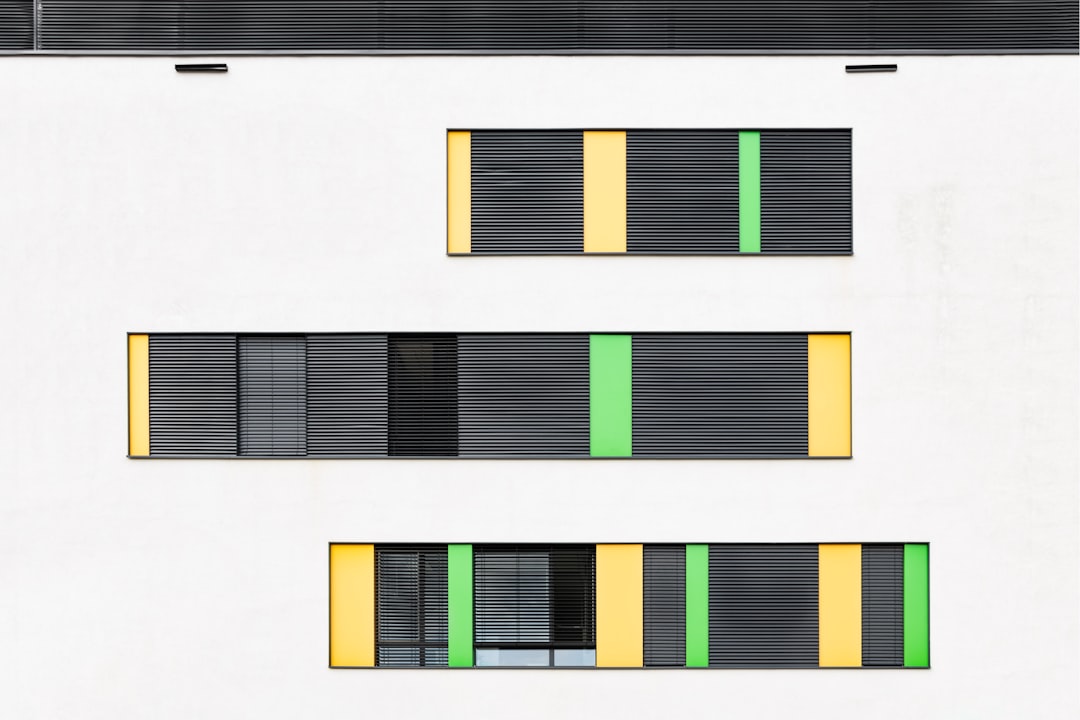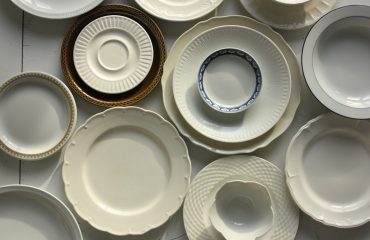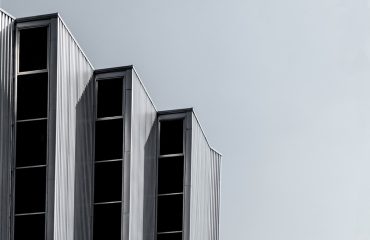Equal angle bars, also known as angle irons or L-bars, are versatile structural components used extensively in various industries. Their simple yet robust design, characterized by two equal legs meeting at a right angle, makes them incredibly adaptable to a wide range of applications. This comprehensive guide delves into the world of equal angle bars, exploring their properties, uses, advantages, and selection criteria.
Understanding the Properties of Equal Angle Bars
Equal angle bars are typically manufactured from steel, though other metals like aluminum or stainless steel can be used depending on the application. Key properties determining their suitability include:
- Material Strength: The yield strength and tensile strength of the chosen metal dictate the bar’s load-bearing capacity. Higher strength grades are suitable for heavier-duty applications.
- Dimensions: Equal angle bars are specified by their leg length (e.g., 50 x 50 mm) and thickness. These dimensions directly influence the bar’s weight and stiffness.
- Surface Finish: Different finishes are available, including hot-rolled (mill scale), pickled and oiled, or galvanized (zinc-coated). The choice depends on the application’s corrosion resistance requirements.
- Accuracy and Tolerance: The precision of the bar’s dimensions and angles is critical for precise fabrication. Tolerances vary depending on the manufacturing process and the required accuracy.
Diverse Applications of Equal Angle Bars in Construction
In the construction industry, equal angle bars are indispensable for a multitude of purposes:
- Structural Framing: They form the framework for various structures, providing support for walls, roofs, and floors. Their rigidity makes them ideal for bracing and strengthening structures.
- Reinforcement: Used to reinforce concrete structures, increasing their load-bearing capacity and resistance to cracking.
- Support Brackets and Channels: They are crucial for creating brackets and channels to support pipes, ducts, and other utilities.
- Staircase Construction: Equal angle bars are commonly used in the construction of staircases, providing support for steps and railings.
- Metal Fabrication: They serve as a base material for a wide range of fabricated metal components, from simple brackets to complex assemblies.
Equal Angle Bars in Manufacturing and Engineering
Beyond construction, equal angle bars play a vital role in manufacturing and engineering:
- Machinery Fabrication: They are used in the construction of machines and equipment, providing structural support and mounting points for components.
- Automotive Industry: In the automotive industry, they are employed in chassis construction and other structural components.
- Furniture Manufacturing: Equal angle bars find applications in furniture manufacturing, particularly in the creation of sturdy and durable frames.
- Jigs and Fixtures: Their right-angle design makes them ideal for creating jigs and fixtures used in manufacturing processes.
- Handrails and Guardrails: They are frequently incorporated into handrails and guardrails to provide safety and support.
Choosing the Right Equal Angle Bar: Key Selection Criteria
Selecting the appropriate equal angle bar involves careful consideration of several factors:
- Load Requirements: The bar’s strength must be sufficient to withstand the anticipated loads and stresses.
- Environmental Conditions: The material’s corrosion resistance should be appropriate for the operating environment (e.g., galvanized steel for outdoor applications).
- Dimensions and Length: The dimensions must be compatible with the design and fabrication requirements.
- Material Grade: The material grade should be selected based on the required strength and ductility.
- Cost Considerations: The cost of the material and fabrication should be taken into account.
Advantages of Using Equal Angle Bars
The popularity of equal angle bars stems from several key advantages:
- Strength and Durability: They offer excellent strength-to-weight ratio, making them ideal for load-bearing applications.
- Versatility: Their simple design allows for easy fabrication and adaptation to various shapes and configurations.
- Cost-Effectiveness: They are generally a cost-effective solution compared to more complex structural components.
- Easy Welding and Fabrication: They are readily weldable, making them easy to incorporate into larger assemblies.
- Wide Availability: Equal angle bars are widely available in various sizes and materials from numerous suppliers.
In conclusion, equal angle bars are essential structural components with a wide range of applications across diverse industries. Understanding their properties, advantages, and selection criteria is crucial for engineers, designers, and fabricators to leverage their full potential in creating robust and efficient structures and products.




